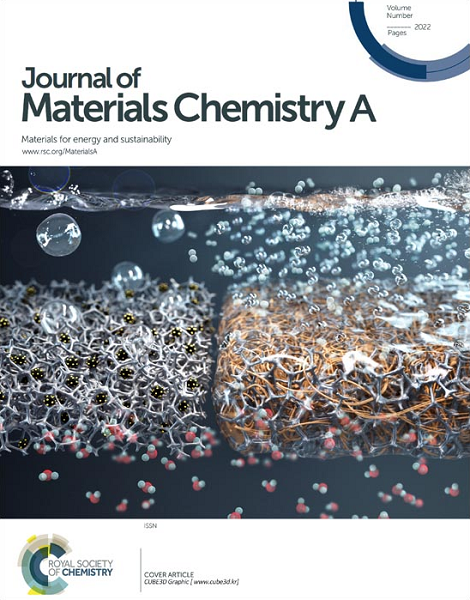Methods for accurate and rapid determination of purity of battery-grade silicon
IF 10.7
2区 材料科学
Q1 CHEMISTRY, PHYSICAL
引用次数: 0
Abstract
With high lithiation capacity, silicon is set to replace graphite as the active anode material in the next generation of lithium ion batteries. Si produced from various routes can contain proportions of oxide, both as a surface layer and in the bulk material. Accurate determination of Si purity is vital for anode formulation and performance testing. While there are many methods used for measuring the purity of Si, most of them are laborious, time-/resource-intensive or do not account for surface and bulk compositions. Here, we present two fast, simple and calibrated methods for the accurate determination of Si purity by using the thermogravimetric method or X-ray diffraction. The results show that by simply measuring pure Si and pure silica samples, a theoretical calibration curve can be developed for both methods, which shows excellent predictability of Si purity in real samples. Furthermore, we show that the thermal analysis was able to account for the dehydration of silica that was previously not noticed. With the increasing demand for Si for battery anodes and wider applications, this work represents a significant advance in rapidly and accurately quantifying Si purity.

准确、快速测定电池级硅纯度的方法
硅具有高锂化能力,有望取代石墨成为下一代锂离子电池的活性负极材料。从各种途径生产的硅可以包含一定比例的氧化物,无论是作为表面层还是在大块材料中。硅纯度的准确测定对阳极配方和性能测试至关重要。虽然有许多方法用于测量硅的纯度,但大多数方法都是费力的,时间/资源密集型的,或者不能考虑表面和体积成分。本文提出了热重法和x射线衍射法两种快速、简便、准确测定硅纯度的方法。结果表明,通过简单测量纯硅和纯二氧化硅样品,可以建立两种方法的理论校准曲线,该曲线对实际样品中的硅纯度具有良好的可预测性。此外,我们表明热分析能够解释以前没有注意到的二氧化硅脱水。随着电池阳极对硅的需求不断增加和应用范围的扩大,这项工作在快速准确地量化硅纯度方面取得了重大进展。
本文章由计算机程序翻译,如有差异,请以英文原文为准。
求助全文
约1分钟内获得全文
求助全文
来源期刊

Journal of Materials Chemistry A
CHEMISTRY, PHYSICAL-ENERGY & FUELS
CiteScore
19.50
自引率
5.00%
发文量
1892
审稿时长
1.5 months
期刊介绍:
The Journal of Materials Chemistry A, B & C covers a wide range of high-quality studies in the field of materials chemistry, with each section focusing on specific applications of the materials studied. Journal of Materials Chemistry A emphasizes applications in energy and sustainability, including topics such as artificial photosynthesis, batteries, and fuel cells. Journal of Materials Chemistry B focuses on applications in biology and medicine, while Journal of Materials Chemistry C covers applications in optical, magnetic, and electronic devices. Example topic areas within the scope of Journal of Materials Chemistry A include catalysis, green/sustainable materials, sensors, and water treatment, among others.
 求助内容:
求助内容: 应助结果提醒方式:
应助结果提醒方式:


